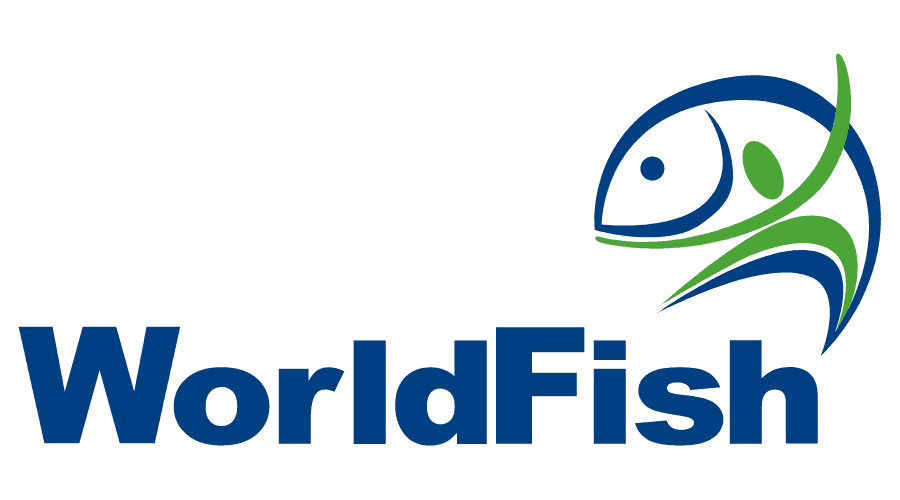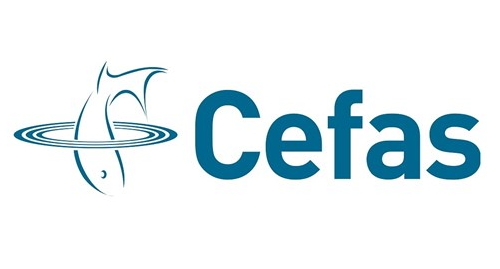We would be happy to discuss our projectfurther. Please contact the UK or Bangladesh team:
Dr Kelly Thornber, University of Exeter, UK
k.thornber@exeter.ac.uk
Dr Md Meezanur Rahman, WorldFish, Bangladesh
Muhammad.Rahman@cgiar.org



Improving hatchery biosecurity for a sustainable shrimp industry in Bangladesh
Shrimp hatchery project home page (English)
Project summary
The shrimp industry is an important source of food, rural income and national economic growth in Bangladesh, but there are huge concerns over the long-term sustainability of the industry due to its high levels of disease and substantial adverse environment impacts. Shrimp farmers across Bangladesh rely on hatcheries to supply them with post-larvae (PL) to grow and harvest. Hatcheries are an important target for strategies to improve long-term industry resilience, since unhealthy PL poses a risk of introducing disease to farms and produces lower quality animals for market. In recent years, hatcheries themselves have struggled with rising levels of disease, and many businesses have ceased trading.
In this project we have been working with shrimp hatcheries in the Cox’s Bazar region of Bangladesh to support them in improving their sustainability through supporting better biosecurity. Good biosecurity practices in shrimp hatcheries should help to reduce and manage disease, improve animal health and minimise the environmental impacts of the industry more widely.
To achieve this, we have:
- Collected a range of biosecurity data. This has helped us to understand the key risks, challenges and opportunities for improving hatchery biosecurity.
- Developed a digital toolset. This includes biosecurity training videos, a self-assessment app and monitoring template sheets, to make biosecurity training and monitoring more accessible for all.
- Created industry sustainability reports. We have explored two of the major limitations affecting the future growth of the wider Bangladesh shrimp industry through in-depth reports. These are sustainable water usage and a sustainable supply of post-larval animals.

